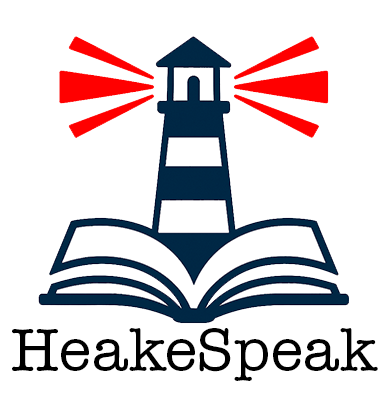What Is Accessible Literacy?
Accessible literacy is the inclusive practice of ensuring that everyone—regardless of ability, language, background, or access to technology—can effectively read, understand, and engage with information in both physical and digital spaces.
At HeakeSpeak, accessible literacy goes beyond reading and writing. It means designing content, environments, and learning experiences that are usable by all people, including those with disabilities, those from underserved communities, and those affected by crises. It integrates plain language, universal design for learning (UDL), assistive technologies, and compliance with accessibility standards like WCAG, all with a focus on community relevance and equity.
Why Accessible Literacy Is Our Cornerstone
At HeakeSpeak, we believe that true communication—and meaningful change—can only begin when information is accessible to everyone.
Accessible literacy is the foundation of everything we do: from our training programs and community outreach to our disaster response planning and technical communication services. Whether we're helping a city improve the readability of emergency alerts, working with a nonprofit to create accessible learning materials, or mapping accessibility barriers in a neighborhood, our goal remains the same:
To ensure every person has the opportunity to learn, engage, and lead—no matter their circumstances.
By making literacy truly accessible, we empower individuals, activate communities, and strengthen resilience across every space we serve.
